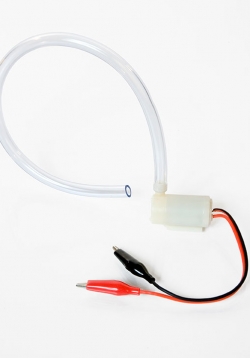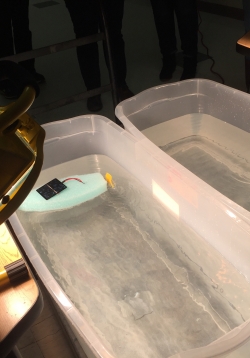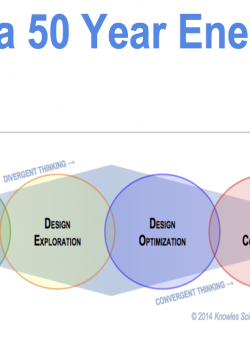Cost Effective Solar Cells: Copper Oxide Solar Cell Construction and Testing
This lesson is designed to be completed in one 80-minute section, but can be done in two 40-minute sections. The teacher will facilitate student construction of copper oxide plates with electric burners or hot plates. Teachers will guide students in...





